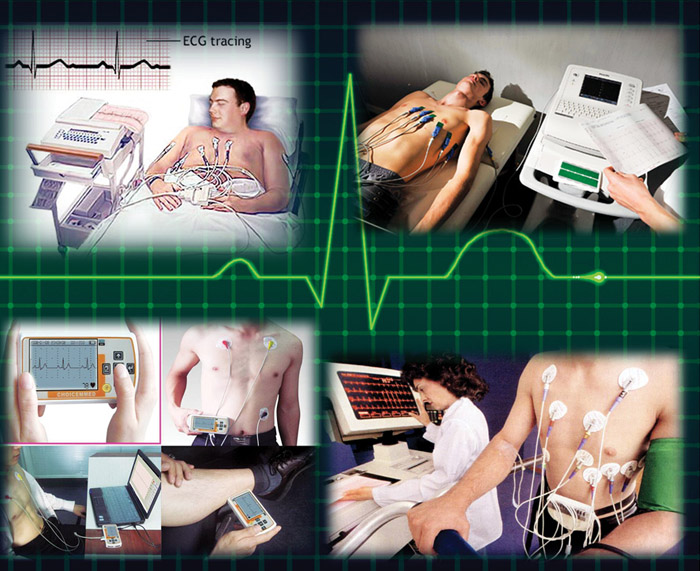June 01, 2013: Today, life is full of electronics. Electronic products are everywhere around us. From the time we wake up in the morning to the time we sleep at night, we come across various simple and complex electronic devices and products.
A few decades ago, with the advent of computers and more so with personal computers, designers started focusing on digitising the world. Electronics was seen as a tool for digital revolution and became synonymous with the word ‘digital.’ Anything and everything that contained some kind of display was considered digital, while the real world was still dominated by analogue.

Interaction with the real world happens through analogue, while the processing of data may be in digital. In general, humans experience the world analogically. Vision, for example, is an analogue experience where we perceive infinitely smooth gradations of shapes and colours. A foundational element in nearly every digital application, analogue chips convert real-world signals, such as voice, sound, pressure, temperature and electricity, into digital ones and zeros, manipulate and cleanse them, and deliver them as clearer, sharper and more precise signals that we rely on.
Resurrection
Of late, designers have re-discovered the beauty of analogue world and have started recognising the power of analogue circuits in their designs. Analogue integrated circuits comprise one of the largest segments of the semiconductor industry. Analogue ICs are also vital parts of most of the circuit and product designs. For instance, for every embedded processor in a customer’s electronic system, ten analogue components are typically required, although the count varies by system. And if an electronic device uses a battery or plugs into a wall, it will likely require at least one power management chip.
Most of the design engineers these days design with the key ideology of making the products simple and safe to use, so as to gain mass appeal for the product, thereby generating a rich user experience. These designers have recognised that the world is analogue, and even though they cannot escape processing the data and inputs digitally, they need to keep the input and output interfaces analogue.
Instances
A classic example would be in the field of medical test and measurement with the most common equipment being an electrocardiograph (ECG). The input to this equipment is always analogue, i.e., electrical signals being picked up by probes attached to a patient’s body and the basic functions of an ECG machine including ECG waveform display, either through LCD screen or printed paper media, and heart rhythm indication as well as simple user interface through buttons.
The key challenge here for a designer is not how to process the data received from the probes, but more of signal acquisition due to the presence of the large DC offset and various interference signals. This potential can be up to 300 mV for a typical electrode. Interference signals include the 50/60Hz interference from the power supplies, motion artifacts due to patient movement, radio frequency interference from electro-surgery equipment, defibrillation pulses, pacemaker pulses, signals from other monitoring equipment, etc.
A smart designer would rather focus on the simplicity of the analogue signal acquisition than on display/print of the ECG graph as that determines the accuracy of the test equipment. Some of the 50Hz/60Hz common-mode interference can be cancelled with a high-input-impedance instrumentation amplifier, which removes the AC line noise common to both the inputs. To further reject line power noise, the signal is inverted and driven back into the patient through the right leg by an amplifier. Only a few microamps or less are required to achieve significant common-mode rejection (CMR) improvement and stay within the UL544 (UL Standard for Safety Medical and Dental Equipment) limit. In addition, 50/60Hz digital notch filters are used to reduce this interference further.
High levels of integration and cost reductions are possible by using the new analogue front-end parts for the application. These help designers reduce the overall size of the board as well as power consumption, thereby making the machine portable and low-cost. This surely makes the life of doctors and patients simpler and safer while providing far greater access to technology and medical diagnostics.
Another example of a consumer product that is finding wide acceptance amongst consumers of varied ages, needs and interests is the tablet computer. Tablet is a hand-held electronic device primarily designed to run multimedia and Web-based applications that require considerable processing power. Its main advantage over a laptop PC or a notebook PC is its portability, which is achieved by having a small form factor and less number of peripheral devices. Additionally, it uses a touchscreen as the primary interface to control and interact with the product.
Again, apart from the heart of this product, i.e., the applications processor, designers have realised the importance of focusing on analogue for differentiating their products from competition and offering a rich user experience. This is evident from the use of light sensors in displays to continuously monitor the ambient light and alter the brightness of the display in order to conserve the battery power, thereby enabling longer hours of use.








